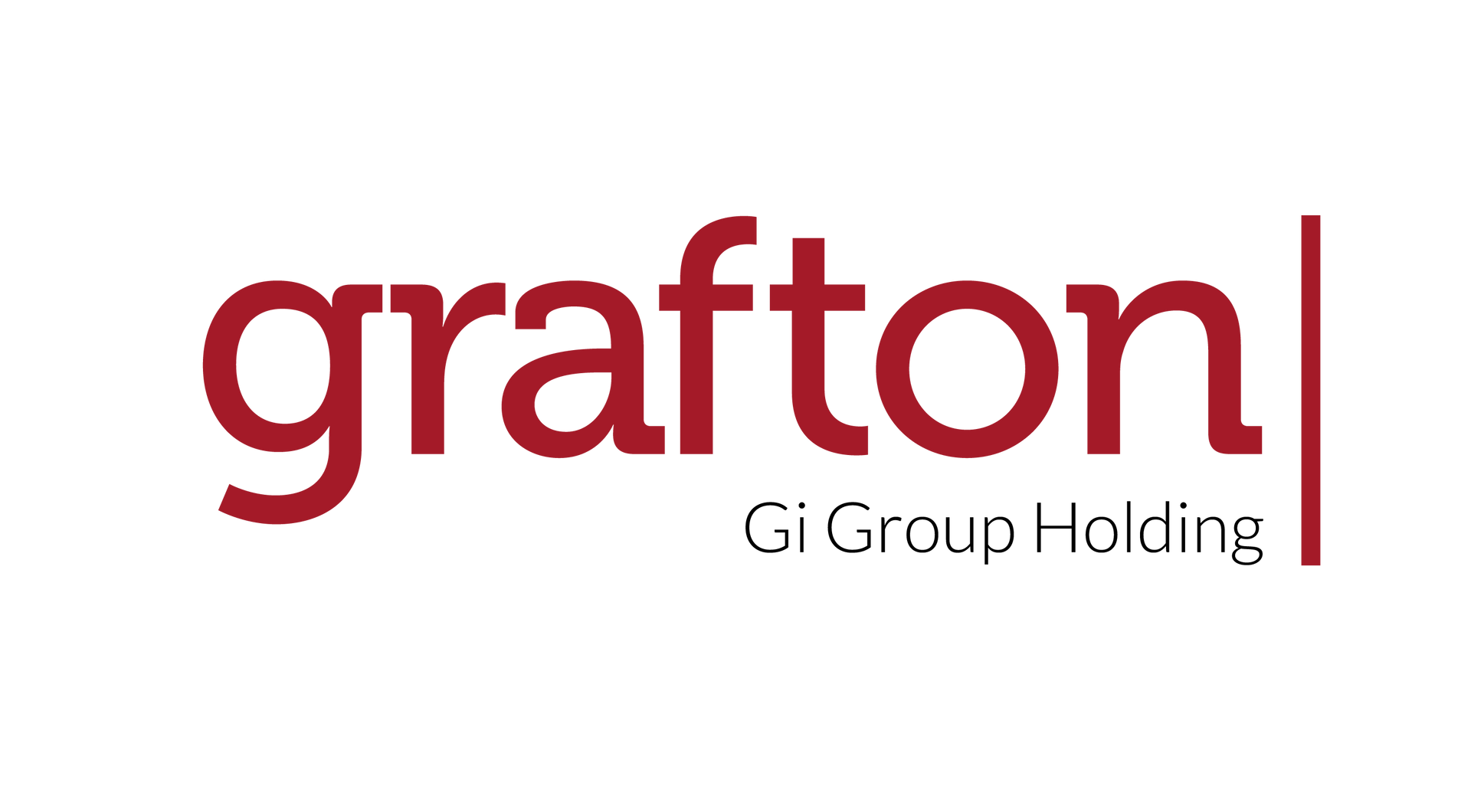Recruiting a new employee is usually time-consuming activity. Sometimes it’s also expensive and somewhat complicated. Therefore it’s even more important to understand that the recruitment of a new employee does not end with signing the employment contract. In order to have mutually satisfying new employment relationship, it is important to provide systematic support to the new employee, especially during the first months of employment – this is possible by implementing a well-planned onboarding program.
What is onboarding?
Onboarding is supporting a new employee in a way that ensures the employee’s self-confidence and independence, which in turn improves job satisfaction, productivity and efficiency. During the onboarding program, new employee will receive all the tools needed for the job, but also a thorough overview of his or her role and goals, the organization’s background and expectations, work culture and relationships. Regular feedback also plays an important role in the thorough information exchange. Through feedback new employee receives confirmation of his or her ability to cope, but also, if necessary, guidance and help to getting on the right track.

Why is onboarding program necessary?
Onboarding program is necessary for a number of reasons, starting from the fact that a thorough exchange of information decreases the time to get to know a new role and organization. This way, the new employee reaches his or her potential faster, and productivity, commitment and desire to continue in the organization increases. The decrease in the probability of leaving, in turn, means cost savings, as there is no need to replace the employee and recruit again. There is also positive effect on the employer’s brand – an employee who has had a good experience of onboarding also shares this experience in his or her acquaintance circle, which makes it easier to recruit new employees in the future.
How does the onboarding program work?
The onboarding program starts as soon as the selected candidate accepts the job offer. A number of administrative preparations are required before the first working day. However, larger and more substantial activities start from the first working day of the new employee. Onboarding ends when the employee and his or her manager feel that the employee is able to function independently as expected. Depending on the role, this can take 3-4 months to one year, but the first four months are most critical. The most important topics that should be focused on in the onboarding program are: (1) administrative preparations and activities, (2) the role and goals of the employee, (3) the background and expectations of the organization, and (4) work culture and team relations. The direct manager is usually responsible for conducting onboarding, but other team members directly working with the new employee are often also involved.
Each organization can design its own onboarding program according to the specifics of its recruited roles. If necessary, however, professional service providers may help to create an action plan and support implementing it when used for the first time. If you feel that you need help with developing an onboarding program for the first time or implementing it as a new manager for the first time, contact us – we will create an onboarding program for your new employee and support you in its delivery.
